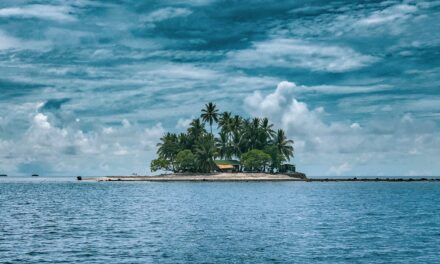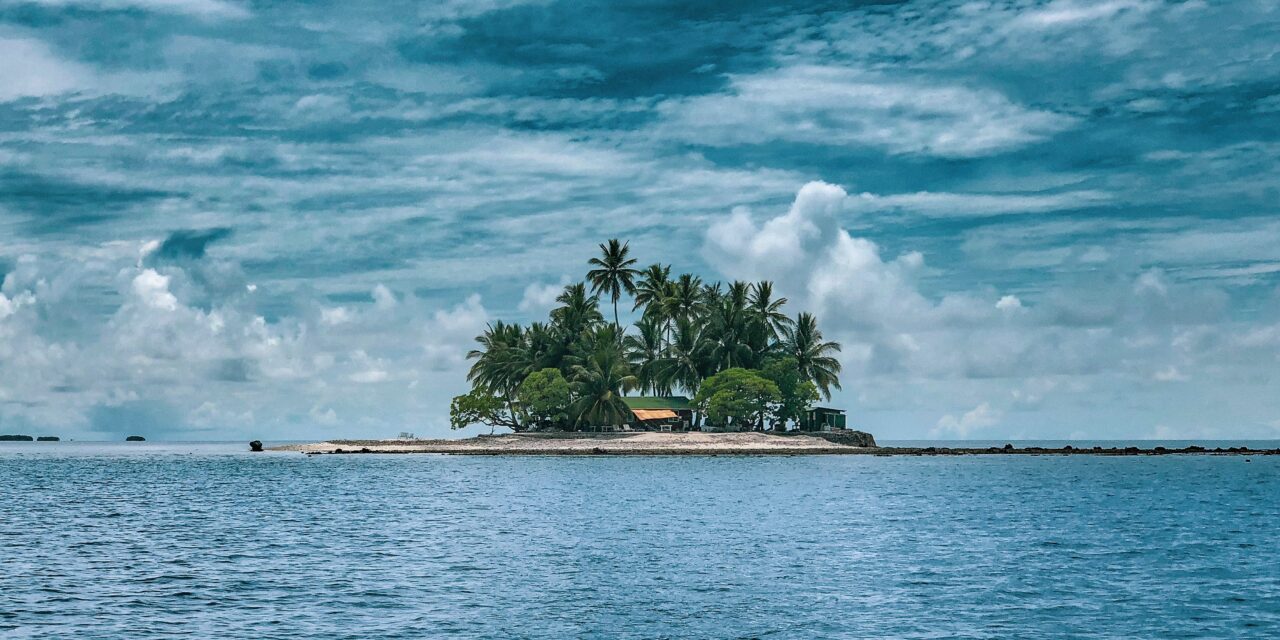In 2022, the United Nations Convention on the Law of the Sea (UNCLOS) celebrated its 40th anniversary since its adoption. UNCLOS has entered into force in 1994 with the aim to offer a comprehensive legal framework for the entire maritime domain.[1] The Convention, which has 169 parties that ratified it, is almost universally accepted and applied to marine activities in all global oceans.
Article 57 of the United Nations Convention on the Law of the Sea (UNCLOS) defines generally the limits of the Exclusive Economic Zone (EEZ): “The exclusive economic zone shall not extend beyond 200 nautical miles from the baselines from which the breadth of the territorial sea is measured.”. Article 60, paragraph 1 a) of the same treaty establishes that in the EEZ a coastal state has the right to build artificial islands, which, according to paragraph 2 of article 60 UNCLOS, fall under the jurisdiction of the state that created them. Moreover, in the same article in paragraph 8, it is clearly stated that: “Artificial islands, installations and structures do not possess the status of islands. They have no territorial sea of their own, and their presence does not affect the delimitation of the territorial sea, the exclusive economic zone or the continental shelf.”. Pursuant to article 60 paragraph 5 of UNCLOS, these artificial islands are only entitled to a safety zone of 500 m around them.
Therefore, based on the aforementioned provisions, a coastal state has the right to build an artificial island in its territorial sea, but this structure will not possess the status of “island”. Artificial islands, thus, are not precisely defined in UNCLOS, but they distinguish themselves firstly from islands and secondly from other artificial installations that a state can create. The concept of “island” is defined in Article 121 paragraph 1 of UNCLOS as “a naturally formed area of land, surrounded by water, which is above water at high tide”. Similar to artificial islands, the term “installations” is also not defined in UNCLOS, but they are generally understood as those structures created from non-natural materials attached to the seabed via artificial means or not attached at all, whereas artificial islands are those “features created by reclamation processes around an already existing feature, such as a submerged reef or low-tide elevation”[2]. Conversely, “the territorial status of artificial islands”[3] remains unclear in the context of UNCLOS, even though their general regime is established.
Overall, considering that artificial islands become more and more important nowadays, both for military and non-military purposes, their position under UNCLOS and international law in general is a relevant point for further research and a clearer determination.
[1] Keyuan Zou and Anastasia Telesetsky, ‘UNCLOS and its contributions to the development of international law: An editorial note’ Marine Policy 155 [2023] 105703.
[2] Imogen Saunders, ‘Artificial Islands and Territory in International Law’, 52 Vanderbilt Law Review [2021] 649.
[3] Imogen Saunders, ‘Artificial Islands and Territory in International Law’, 52 Vanderbilt Law Review [2021] 647.







